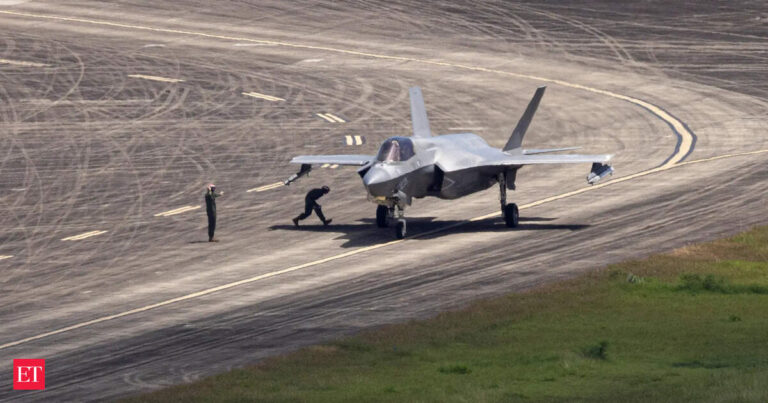The incident, revealed by Chinese state broadcaster CCTV, highlights China’s advanced joint combat capabilities and challenges American air superiority in the Asia-Pacific region.
According to a CCTV report aired in October 2025, Chinese People’s Liberation Army J-16 fighter pilot Li Chao detected and chased two foreign aircraft, believed to be US F-22 stealth fighters, from China’s coastal airspace. Following this interception, no foreign fighter jets have reportedly returned to the area since the encounter.
Military analysts, including former People’s Liberation Army colonel Yue Gan, assessed that the foreign aircraft involved was likely an F-22 rather than the F-35, which is more commonly deployed in the region. The encounter reportedly brought the Chinese J-16 and the fighter jet within visual range, indicating a very close and high-risk maneuver.
He explained that the J-16 was able to “lock on” to the stealthy F-22 by leveraging this extensive, interconnected sensing framework, as well as airborne sensors.
Although the United States sells F-35 aircraft to several allies, including Japan and South Korea, the F-22 is operated only by the U.S. Air Force. Yue Gang emphasized the role of China’s integrated combat system, which consists of satellite networks, early warning aircraft, and anti-stealth radar systems. This approach represents a significant evolution in China’s air defense capabilities, overcoming the inherent stealth advantages of U.S. fifth-generation jets by using a coordinated sensor network across multiple domains.
Another military commentator and former PLA instructor shared this view, noting that the F-22’s close reconnaissance mission was effectively countered by the J-16 fighter jets supporting this integrated system.
This reported incident sends a clear message about China’s growing confidence and ability to protect its airspace from foreign high-tech reconnaissance activities. The PLA’s ability to detect, track, and engage stealth aircraft like the F-22 signals strategic maturity to challenge long-standing U.S. air superiority in the Indo-Pacific.
In China’s view, such encounters serve to assert sovereignty over disputed airspace and deter further U.S. surveillance near Chinese territorial waters, a persistent point of tension in U.S.-China military relations.
J-16 fighter and F-22
America’s advanced fifth-generation stealth fighter, the F-22 Raptor, is known for its low observability, supercruise capability, high maneuverability, and integrated avionics, designed primarily for air superiority missions.
The J-16 is a multi-role fighter aircraft developed by China with sophisticated avionics and weapons systems derived from earlier Russian designs such as the Su-30. Integration with China’s extensive combat network enhances operational range beyond the capabilities of traditional combat aircraft and supports the PLA’s modernizing force posture.
The J-16, classified as a 4.5-generation fighter, traditionally lacked stealth capabilities, but leveraged data fusion from a broader network to effectively detect and engage stealth jets.



